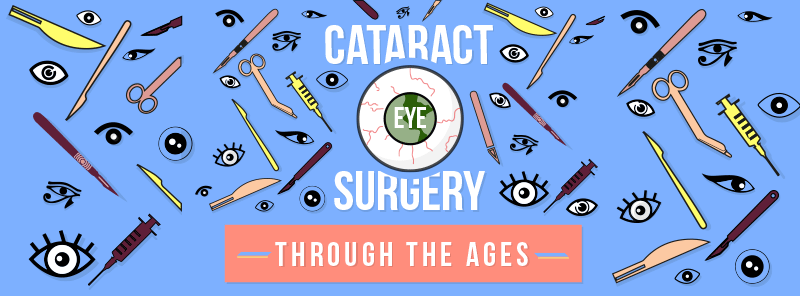Article Developed By-Beasley Bentzen
When it involves your child's vision, recognizing typical pediatric eye conditions is important. Problems like refractive mistakes, amblyopia, and strabismus can impact their life and development. You could observe signs like squinting or trouble focusing, yet recognizing these problems is just the beginning. There are effective therapies readily available, and recognizing what to look for can make a significant difference in your child's visual health. What steps can you require to ensure they receive the best care?
Refractive Mistakes: Recognizing Nearsightedness and Farsightedness
Refractive errors are common vision problems in children that can substantially impact their capability to find out and play.
Nearsightedness, or myopia, makes remote things appear blurry, while close-up jobs like reading might appear fine. You may discover your youngster scrunching up your eyes or resting too close to screens.
On the other hand, farsightedness, or hyperopia, triggers neighboring objects to appear fuzzy, making it tough for your youngster to check out or do research conveniently.
Both problems can prevent your kid's academic efficiency and social interactions. Normal eye examinations are vital for very early detection.
If your child has a refractive error, restorative lenses or various other therapies can enhance their vision, helping them thrive in college and play.
Don't wait; arranging an eye exam is necessary!
Amblyopia: The Effect of Lazy Eye
While refractive errors can influence your youngster's vision, one more considerable concern is amblyopia, frequently referred to as lazy eye. This problem occurs when one eye doesn't establish proper vision, often resulting in a dependence on the more powerful eye.
If left neglected, amblyopia can trigger long-term vision impairment. You could observe your child fighting with depth perception or often scrunching up your eyes. Early discovery is essential, so normal eye examinations are important.
https://www.beckersasc.com/asc-news/eye-surgery-center-halts-cases-30-days-after-staff-resignations.html include corrective eyewear, eye patches, or vision therapy to strengthen the weaker eye. By dealing with amblyopia quickly, you can help your youngster accomplish far better visual skills, ensuring they don't lose out on essential developmental turning points.
Strabismus: Addressing Eye Positioning Concerns
Strabismus, or imbalance of the eyes, can dramatically influence your youngster's vision and deepness assumption. When the eyes do not line up correctly, one eye might turn in, out, up, or down, causing challenges in seeing the globe properly.
You could see your child scrunching up your eyes, tilting their head, or having problem with depth understanding. https://www.facebook.com/PediatricEyes/ is critical, as treatment choices can include glasses, vision treatment, or even surgical treatment, relying on the intensity.
By addressing strabismus promptly, you can assist improve your child's visual skills and quality of life. Normal eye examinations are important, specifically if there's a family history of eye problems.
Do not wait to get in touch with a pediatric eye expert for assistance and support.
Conclusion
In conclusion, acknowledging and attending to usual pediatric eye problems is vital for your kid's visual development and general wellness. By comprehending refractive mistakes, amblyopia, and strabismus, you can be proactive in seeking prompt treatments. Whether it's through restorative eyeglasses, vision treatment, or surgical options, early therapy can make a significant distinction. Don't hesitate to seek advice from a specialist if you observe any indications; doing something about it currently guarantees your kid can flourish in their learning and social interactions.

